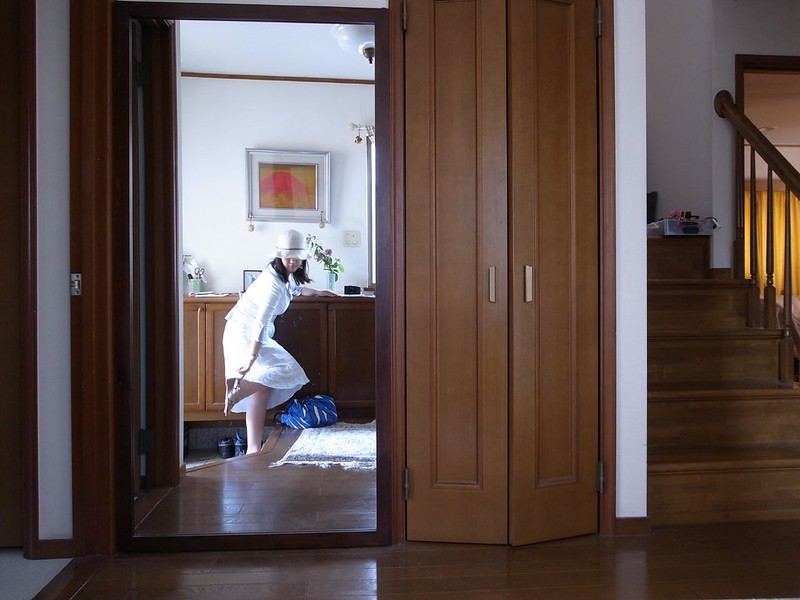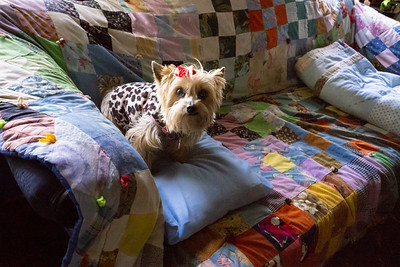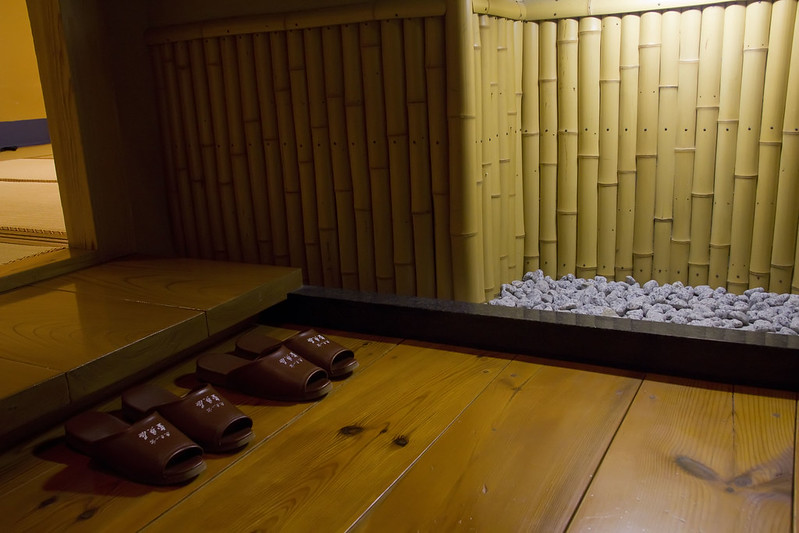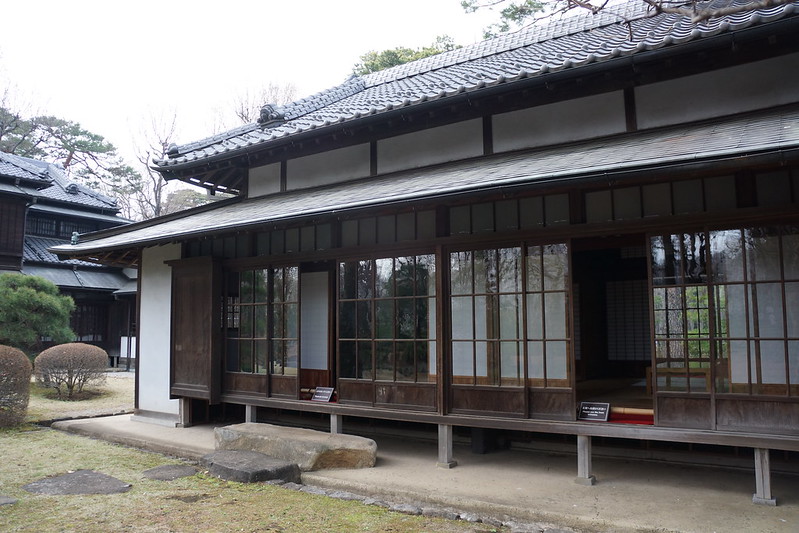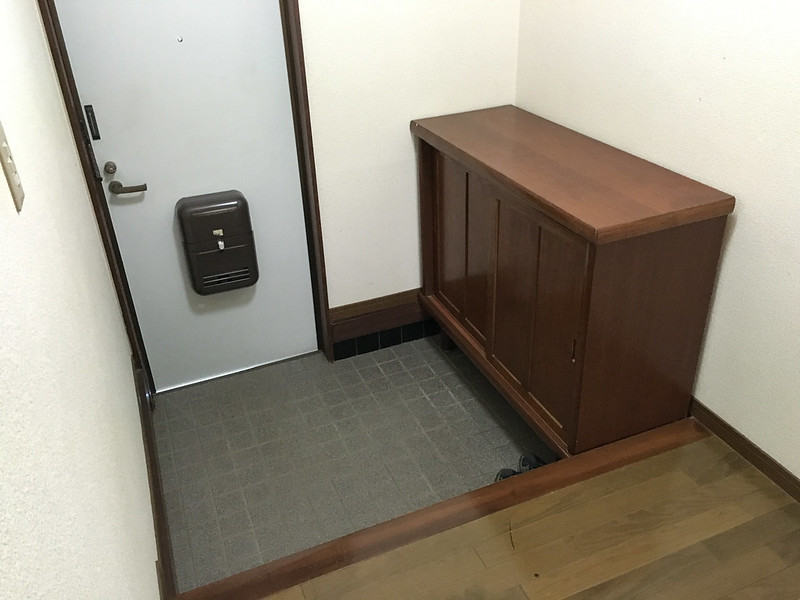 Agora está confirmado: o sapato pode ser o grande disseminador do vírus chinês:
Agora está confirmado: o sapato pode ser o grande disseminador do vírus chinês:
O CDC, Center for Disease Control and Prevention, dos Estados Unidos publicou uma pesquisa realizada por cientistas e médicos no hospital de Wuhan entre fevereiro e março de 2020.
Os especialistas estudaram a disseminação do Covid-19 pelo ar e pelo chão, e constataram que a maior disseminação do vírus se dá pelo chão, onde repousam as minúsculas gotículas que saem da boca de uma pessoa infectada.
Particularmente, na UTI onde estavam os pacientes em estado grave com o vírus chinês apontaram 43,5% de taxa positiva no ar, enquanto que no quarto comum onde estavam os infectados sem gravidade a taxa diminuiu para 7,9%.
Já no chão, os resultados foram assustadores. Na UTI, a contaminação do chão pelo novo coronavírus foi de 70%, e no quarto comum a taxa foi de 15,4%.
No chão da farmácia do hospital, onde evidentemente não há pacientes, se encontrou a maior concentração do vírus: 100%! O surpreendente volume se explica pelo menor cuidado que se tem na limpeza de locais onde não há pacientes. Muito provavelmente, não utilizam cloro na limpeza desse local. A grande constatação foi que o vírus é transportado pela sola do sapato dos profissionais de saúde, uma vez que nesse hospital não era permitida nenhuma visita aos pacientes. Pelo mesmo motivo, havia vírus no chão de todos os aposentos do hospital, inclusive nas salas dos médicos e das enfermeiras.
Outro foco de grande concentração do Covid-19 foram os cestos de lixo onde se jogam as máscaras usadas. É de se pensar no maior cuidado para o descarte desses materiais possivelmente contaminados.
O estudo revelou também a distância considerada segura para não se contaminar estando perto de uma pessoa com o vírus: 13 pés, aproximadamente 4 metros, enquanto a OMS recomenda 3 pés (1 metro) e a CDC recomenda 6 pés (2 metros). De qualquer forma, seria muito mais seguro se todos usassem máscaras, como na Ásia.
Veja na tabela a proporção de infectados por 1 milhão de habitantes. Certamente, deve haver outros motivos para essa diferença na propagação do vírus entre os países, mas a questão da contaminação pelo chão não deve ser descartada. O Japão é criticado por só fazer o teste do Covid-19 nas pessoas que apresentam os sintomas, assim como o Brasil, e que o número deverá ser muito maior na realidade, mas os Estados Unidos também adotam o mesmo procedimento, assim como muitos países europeus, e mesmo assim, o número de contaminados é muito maior no Ocidente.
Texto original da CDC:
(https://wwwnc.cdc.gov/eid/article/26/7/20-0885_article)
Texto sobre os países com o costume de ficar sem sapatos em casa
(https://en.wikipedia.org/wiki/Tradition_of_removing_shoes_in_home)

